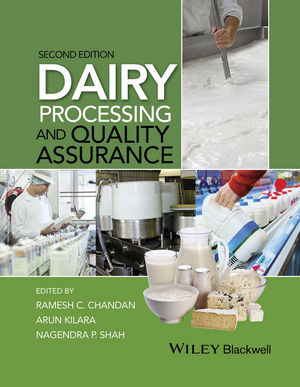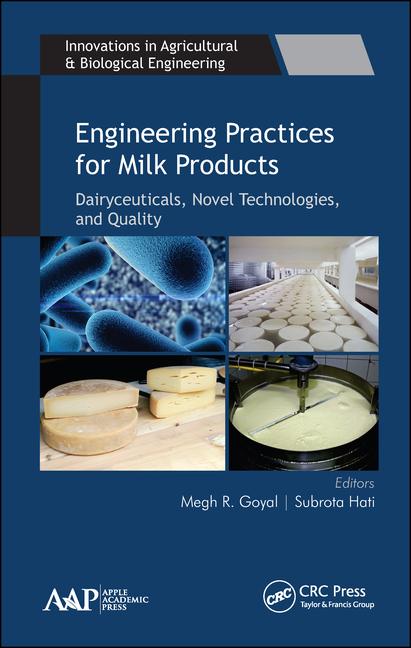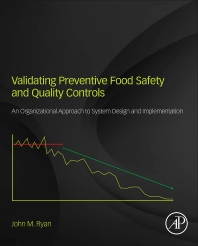Water quality trading (WQT) was introduced in the 1960s, and it’s a great concept. Since its introduction, WQT has been tried approximately 60 times around the world, but mostly here in the United States.
In 2009, there were approximately 21 water quality trading projects in existence or in development. Some were successful and ran their course, though most have struggled and only had limited success. Maryland is getting ready to relaunch its trading program in 2017 with a focus on point-nonpoint trading, which is trading between sewage treatment facilities or municipal separate storm sewers (MS4) and agriculture.
Getting past our prejudices
Advocates of water quality trading, such as myself, see it as an economically sensible way to reduce pollution in a watershed, while opponents try to label it as a “pay-to-pollute” program. The fact is, if we want to improve water quality, we need to get past our prejudices, think with an open mind and try something new. Trading programs of all types can work and have worked. Thinking of it in the simplest terms may help us get there.
In a watershed, there are many sources of nutrients that reach our rivers, lakes and streams. Some of those sources — point sources — are regulated, which means the law can be used to drive reductions or eliminate what they discharge. Other sources are largely unregulated, which means there is no driver for behavioral change. Both regulated and unregulated sources have opportunities to reduce nutrients in a given watershed. Both have costs associated with removing nutrients. In many cases the nonpoint sources are able to reduce nutrient loads at a considerably reduced cost.
WQT worked in Ontario
Consider an example of where a water quality trading program worked well: the South River Nation Watershed in Ontario, Canada. In that watershed, there was too much phosphorus in the surface waters, which can trigger a number of problems that are difficult and expensive to deal with.
To alleviate the problem, the regulatory authority imposed a discharge limit of zero on regulated entities. To achieve a zero discharge, those regulated entities would have been required to spend $2,000 per kilogram to remove the phosphorus. In contrast, farmers in the watershed had the ability to remove the phosphorus for approximately $300 per kilogram.
Because of the uncertainty associated with the removal efforts used on farms, or best management practices (BMPs), an uncertainty factor or ratio of 1 to 4 was imposed. That meant that for every kilogram that a regulated entity released, a farmer would need to remove 4 kilograms. This 1 to 4 ratio virtually assured that the water quality would improve, and one would get at the very least a 1-kilogram reduction and, in all likelihood, a higher reduction.
Now, let’s look further at the economics. If the regulated entity has to remove 1 kilogram, it will cost $2,000. If the farmer, under contract with the regulated entity, removes 4 kilograms to allow the regulated entity to meet its permit obligation, it will cost the farmer $1,200. That $800 difference is where there are costs savings to the regulated entity and positive revenues for the farmer.
Let’s say the two entities decide to split the difference. The regulated entity would pay the farmer $1,600 to remove each kilogram of phosphorus, saving $400 compared to its only other option: expensive technology. The farmer would make $400 above his or her costs. In both cases, each wins. In the South River Nation, that is exactly how things happened, and 100% of the regulated entities participated in the trading program with farmers.
Maryland’s program is promising
We need a water quality trading program like South River Nation in the United States. Could it be the Maryland program in the Chesapeake Bay? We also need to do more than simply employ BMPs. We need technology-based trading, and NMPF has been advocating for that to happen.
Maryland seems to agree that nutrient-removal technologies should have a place in its trading program. The U.S. Environmental Protection Agency also has noted that nutrient-recovery technologies provide palpable and verifiable nutrient reductions, which can allow for the elimination of the uncertainty ratios. That means, if a regulated entity needs to remove 1 pound of a nutrient from the watershed, a farmer using nutrient-removal technology only needs to remove 1 pound (not four) because they can actually see and weigh the amount of nutrient being removed. That’s a huge benefit, and it provides the certainty that is lacking in many trading programs. Maryland is also amenable to allowing long-term trades, which is a key factor in financing nutrient-removal technologies.
While Maryland’s program is promising, there are still a lot of hurdles. At the end of the day, if we can’t get things working there, we will take the fight elsewhere. Someday, we will get a win-win in a watershed, and then all we need to do is bring that success to other watersheds. And only then will we get the improved water quality that is so desperately wanted and needed.






